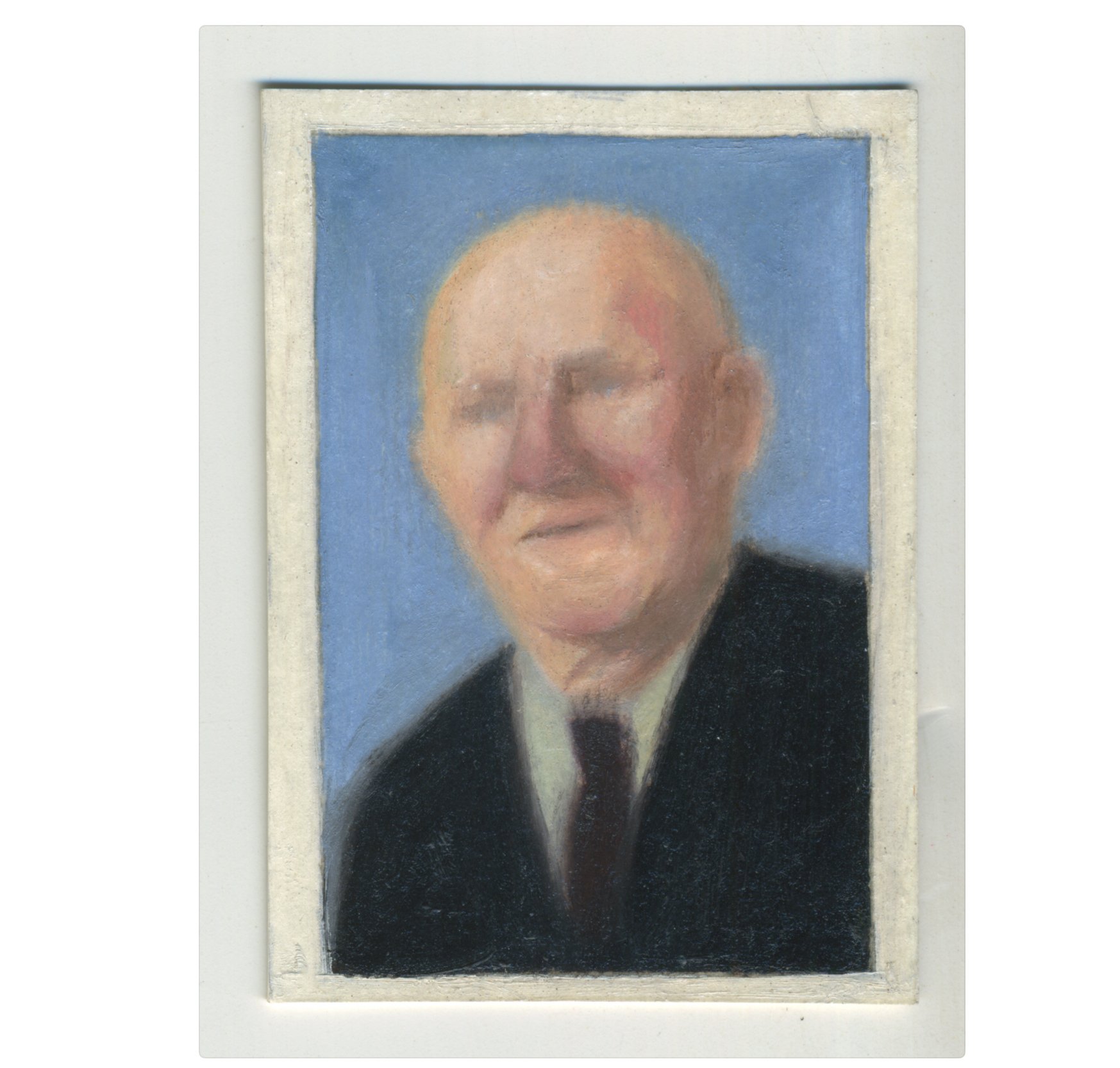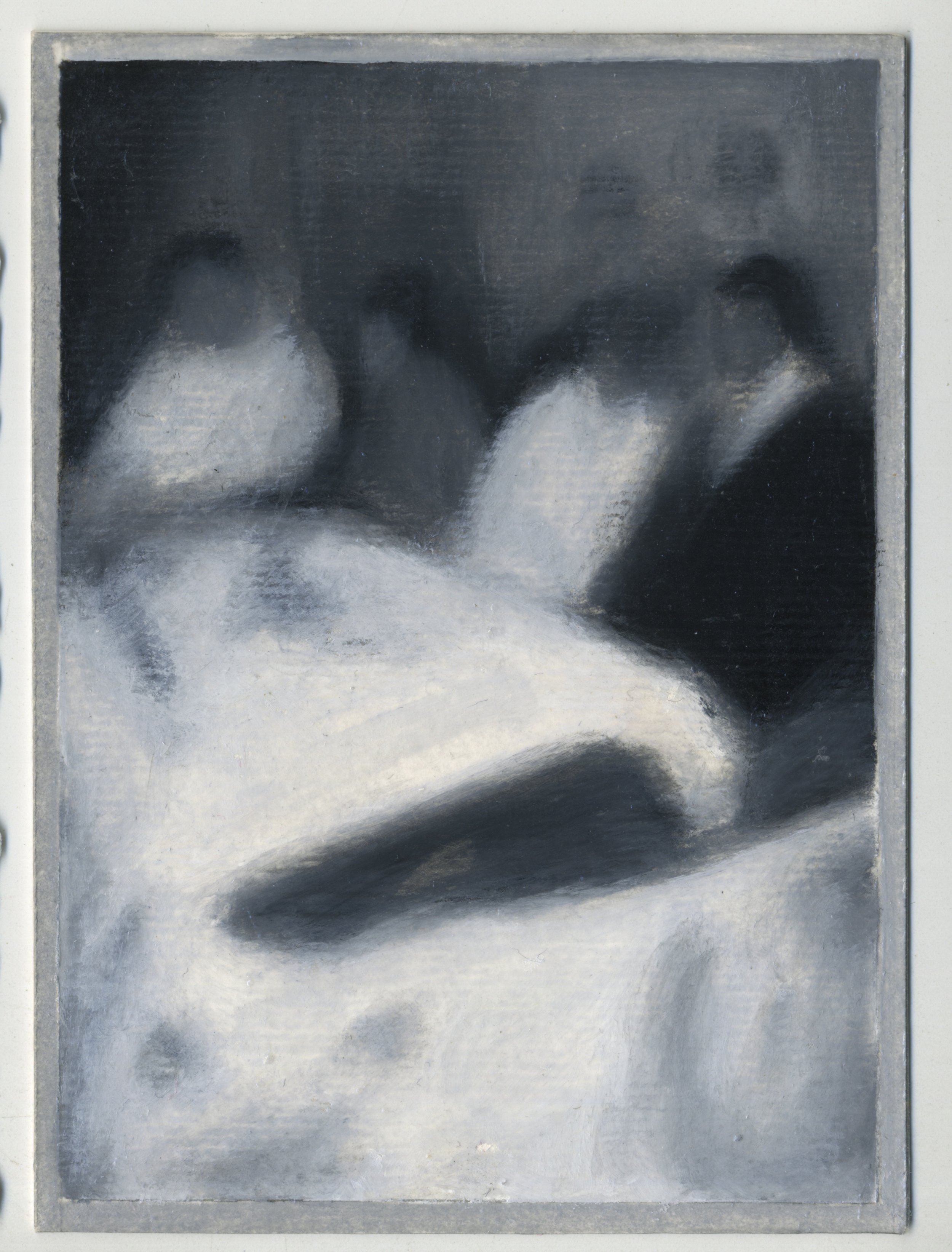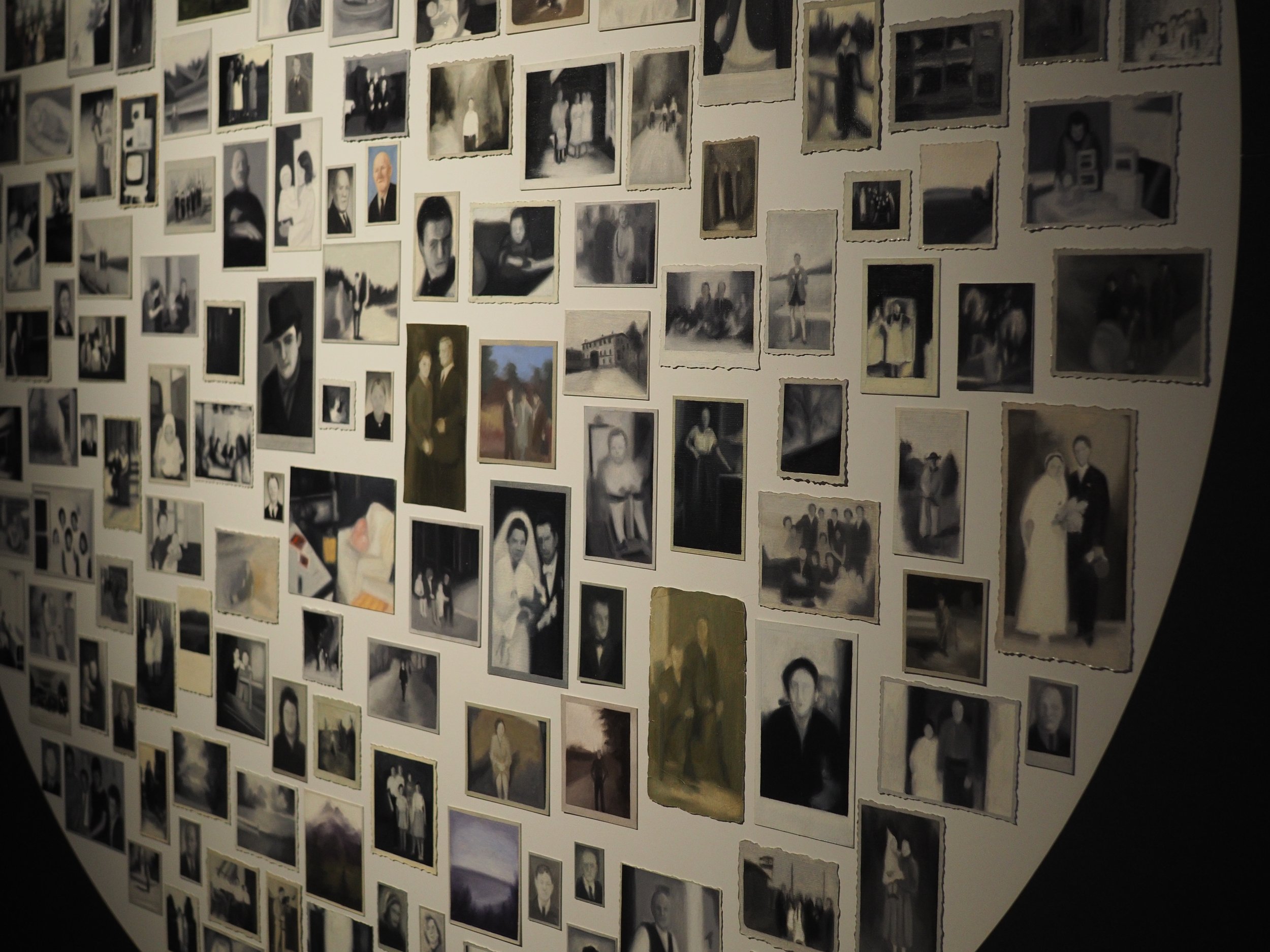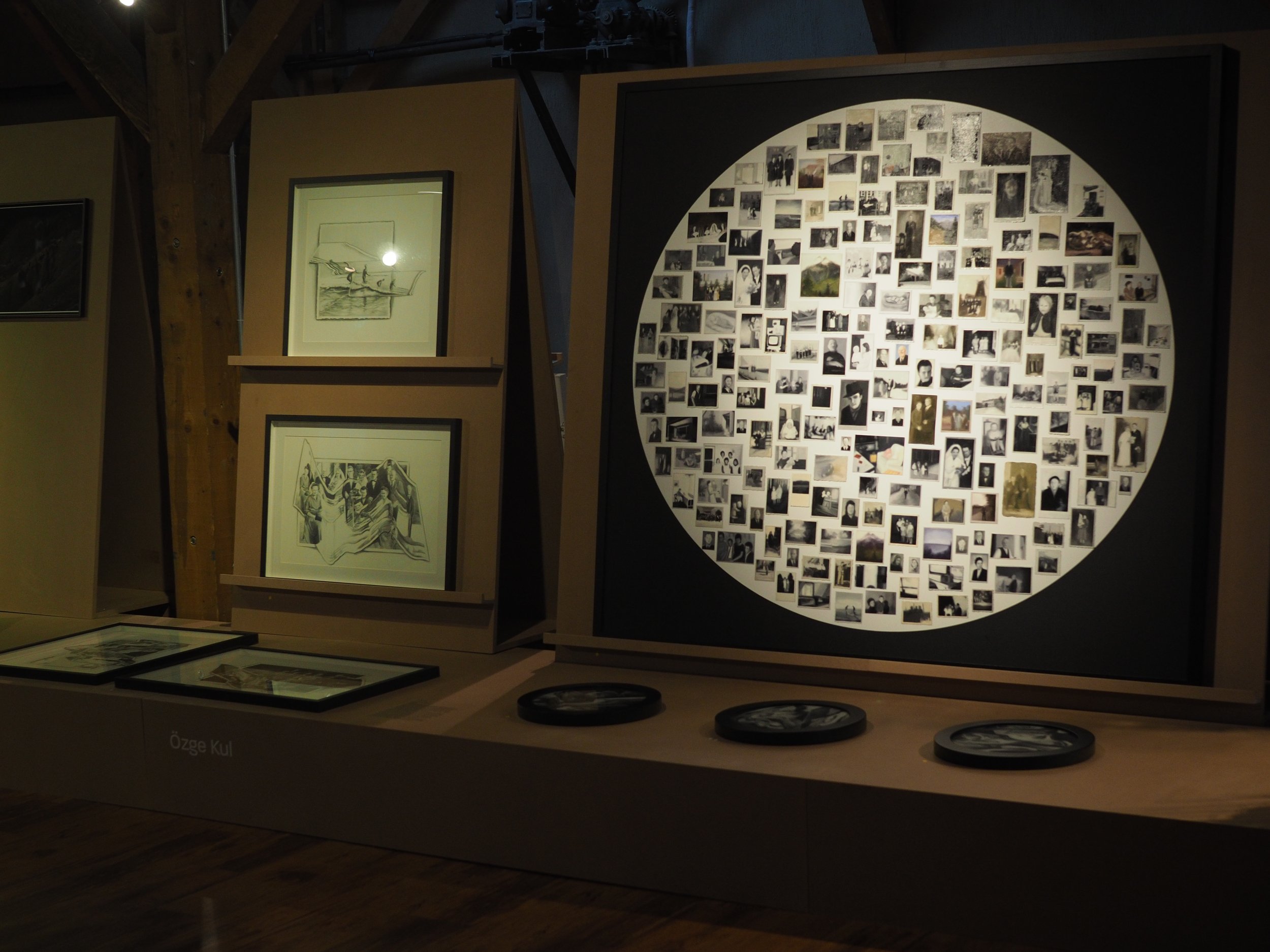Thoughts on F106
When we look at these life-proves of strangers we tend to discover something we know, try to find similarities, histories, which we think are real. But looking at them closely and really spending time with them, one understands that you would only spent time with yourself, with your own thoughts and that you will never be able to reach the real hi-/stories of the people you already think you feel close to.
Even the time you spent with the photographs includes a layer of this misunderstanding: While trying to find certain realities, we might look at one particular picture for minutes/hours, but as a matter of fact, we do not even see a second of someone else’s life.
190 Paintings-All oil color on paper- 2019-2020










